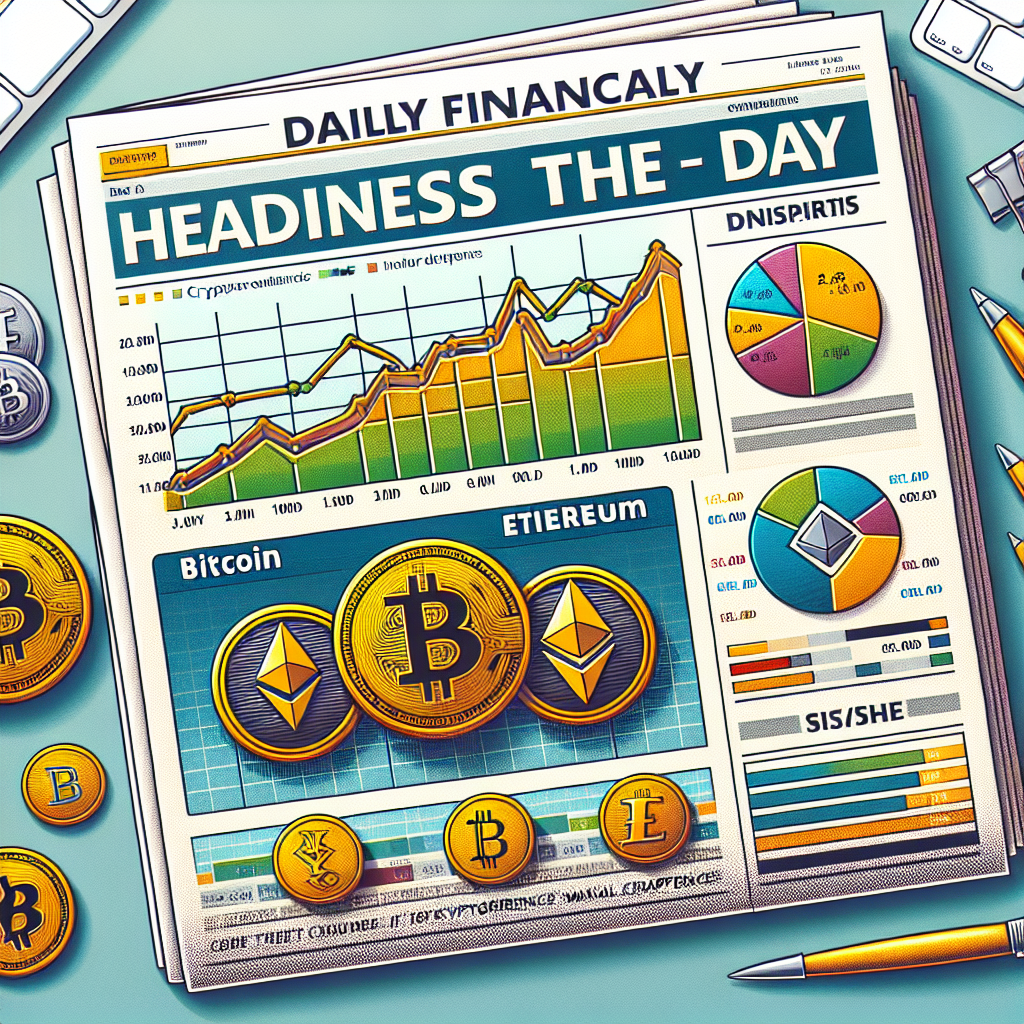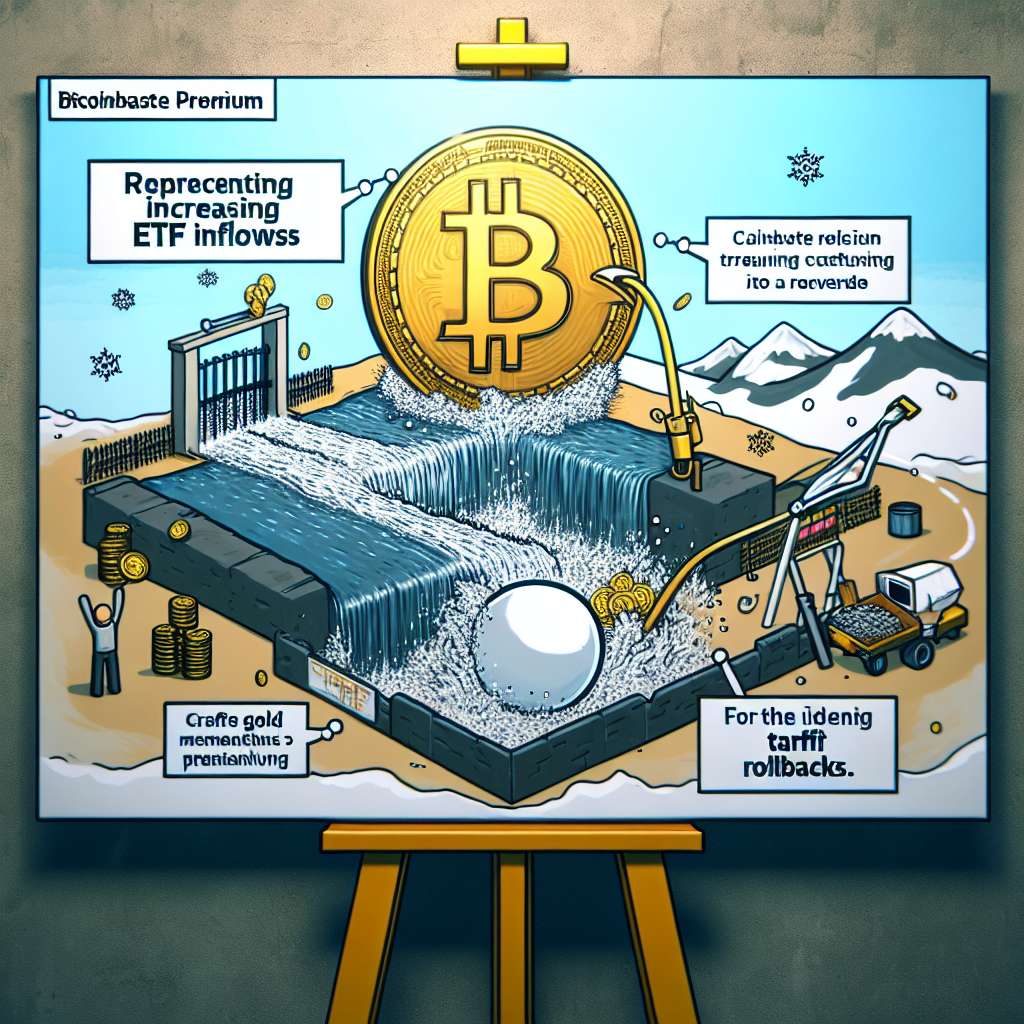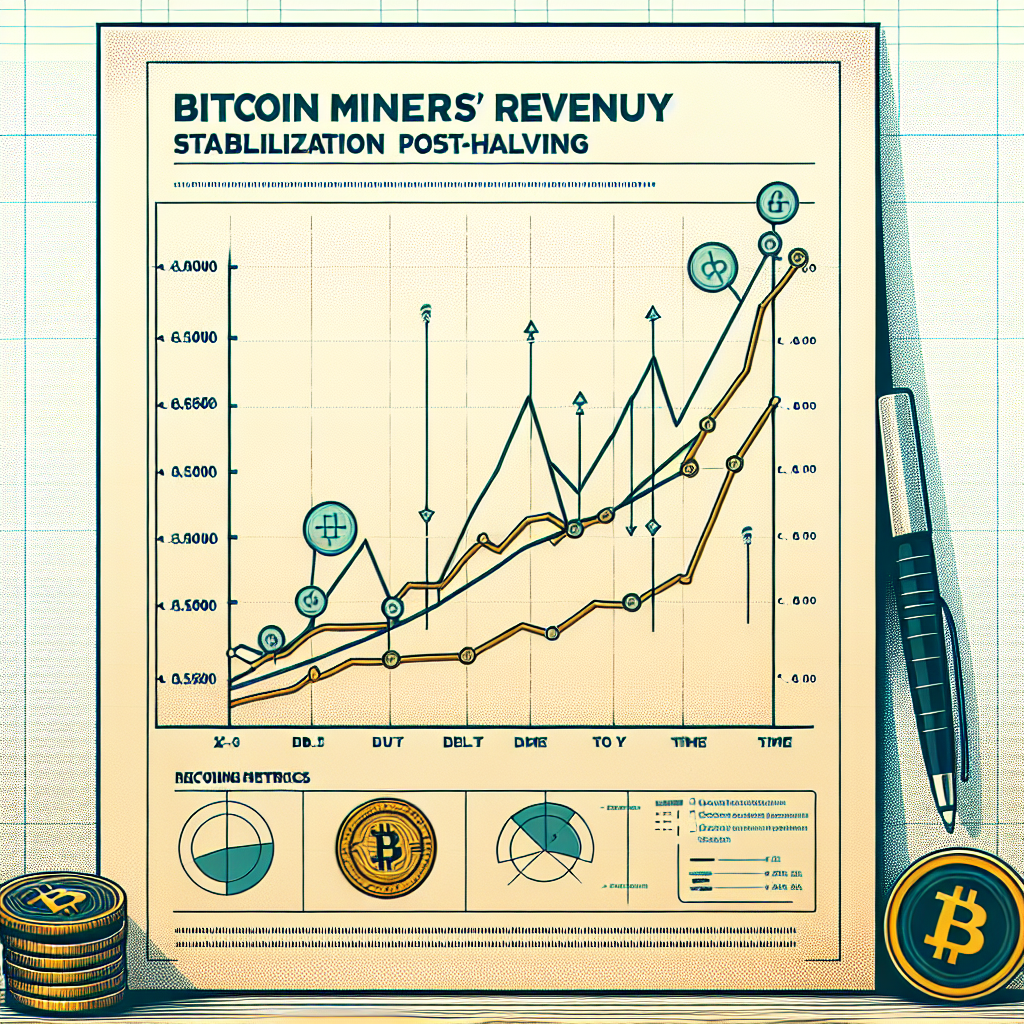
Bitcoin Price Surges Amid ETF Approval Speculation
Bitcoin has experienced a notable surge in price recently, driven primarily by growing speculation surrounding the potential approval of a Bitcoin Exchange-Traded Fund (ETF) by regulatory authorities. Over the past several days, the cryptocurrency market has witnessed increased volatility, with Bitcoin prices climbing significantly as investors anticipate favorable regulatory developments. This upward momentum underscores the market’s sensitivity to regulatory news and highlights the potential impact of institutional investment vehicles on cryptocurrency valuations.
The speculation regarding ETF approval intensified following reports that prominent asset management firms have renewed their applications with regulatory bodies, particularly the U.S. Securities and Exchange Commission (SEC). Investors and market analysts interpret these renewed filings as a positive indication that regulators may soon grant approval, thereby opening the door for broader institutional participation in the cryptocurrency market. Historically, the SEC has been cautious in approving Bitcoin ETFs, citing concerns related to market manipulation, investor protection, and volatility. However, recent developments suggest that regulators may be warming to the idea, especially given the increasing maturity and transparency of cryptocurrency markets.
In response to these developments, Bitcoin’s price has surged past key resistance levels, reaching highs not seen in several months. Analysts attribute this bullish sentiment to the expectation that ETF approval would significantly enhance Bitcoin’s legitimacy as an investment asset, attracting substantial inflows from institutional investors who have previously remained cautious. Institutional investors typically prefer regulated investment vehicles such as ETFs, which offer greater transparency, liquidity, and regulatory oversight compared to direct cryptocurrency holdings. Consequently, the approval of a Bitcoin ETF could potentially lead to increased market stability and reduced volatility over the long term.
Moreover, the broader cryptocurrency market has also benefited from Bitcoin’s recent price rally, with altcoins experiencing positive price movements as investor confidence improves. Ethereum, Ripple, and other major cryptocurrencies have recorded gains, reflecting the interconnected nature of the cryptocurrency market and the influence of Bitcoin’s performance on overall market sentiment. Nevertheless, analysts caution investors to remain vigilant, as regulatory decisions remain uncertain and market volatility could persist in the short term.
Despite the optimism surrounding ETF approval speculation, some market observers remain cautious, emphasizing that regulatory approval is not guaranteed. The SEC has previously rejected multiple Bitcoin ETF applications, and while recent developments appear promising, regulatory authorities may still require additional assurances regarding market integrity and investor protection. Investors are therefore advised to closely monitor regulatory announcements and maintain a balanced investment strategy to mitigate potential risks associated with market volatility.
In conclusion, Bitcoin’s recent price surge highlights the significant influence of regulatory developments on cryptocurrency markets. Speculation surrounding the potential approval of a Bitcoin ETF has driven investor optimism, resulting in increased market activity and higher valuations. While the approval of an ETF could represent a major milestone for cryptocurrency adoption and institutional investment, investors should remain cautious and attentive to regulatory developments. As the cryptocurrency market continues to evolve, regulatory clarity will play a crucial role in shaping investor sentiment and market dynamics moving forward.
Ethereum’s Latest Upgrade: Key Highlights and Market Impact

Ethereum recently underwent a significant upgrade, marking another milestone in its ongoing evolution toward greater scalability, security, and sustainability. This latest update, known as the Dencun upgrade, combines two critical Ethereum Improvement Proposals (EIPs)—EIP-4844 and EIP-1153—each designed to enhance network performance and reduce transaction costs. As Ethereum continues to dominate the decentralized finance (DeFi) and non-fungible token (NFT) sectors, understanding the implications of this upgrade is essential for investors, developers, and users alike.
At the core of the Dencun upgrade is EIP-4844, commonly referred to as “Proto-Danksharding.” This proposal introduces a new transaction type called “blob-carrying transactions,” which significantly increases Ethereum’s data availability capacity. By allowing more data to be stored temporarily on-chain, Proto-Danksharding paves the way for Layer-2 scaling solutions, such as rollups, to operate more efficiently. Consequently, users can expect lower transaction fees and faster confirmation times, addressing two of Ethereum’s most persistent challenges. This improvement is particularly beneficial for decentralized applications (dApps) and DeFi protocols, which rely heavily on affordable and rapid transactions to maintain user engagement and competitiveness.
Complementing Proto-Danksharding, EIP-1153 introduces “transient storage opcodes,” enabling smart contracts to temporarily store data during transaction execution without incurring high gas costs. Previously, Ethereum’s storage model required permanent storage of data, resulting in higher fees and inefficiencies. With transient storage, developers can optimize smart contract execution, reducing gas consumption and enhancing overall network efficiency. This change is expected to encourage innovation among developers, as it lowers the barriers to creating more complex and sophisticated decentralized applications.
The market response to Ethereum’s latest upgrade has been cautiously optimistic. Immediately following the successful implementation, Ethereum’s native cryptocurrency, Ether (ETH), experienced moderate price appreciation, reflecting investor confidence in the network’s continued development. However, broader market conditions and macroeconomic factors have tempered more substantial gains. Analysts suggest that while the upgrade itself is fundamentally bullish for Ethereum’s long-term prospects, short-term price movements remain influenced by external market dynamics, including regulatory developments and global economic sentiment.
Beyond immediate price reactions, the Dencun upgrade reinforces Ethereum’s position as a leading blockchain platform committed to continuous improvement. By addressing scalability and cost-efficiency concerns, Ethereum strengthens its competitive advantage against rival blockchains such as Solana, Avalanche, and Binance Smart Chain. Furthermore, the upgrade aligns with Ethereum’s broader roadmap toward full sharding and enhanced scalability, laying the groundwork for future enhancements that promise even greater network performance.
Institutional investors and enterprises are closely monitoring Ethereum’s progress, recognizing that network upgrades directly impact the viability of blockchain-based solutions for mainstream adoption. As Ethereum continues to evolve, its ability to attract institutional capital and enterprise-level partnerships is likely to increase, further solidifying its market position.
In conclusion, Ethereum’s latest upgrade represents a significant step forward in addressing critical network challenges, enhancing scalability, reducing transaction costs, and improving developer experience. While immediate market reactions have been measured, the long-term implications of these improvements are undeniably positive. As Ethereum continues to innovate and adapt, it remains well-positioned to maintain its leadership role within the rapidly evolving cryptocurrency landscape.
Regulatory Developments Shaping Today’s Crypto Market
In recent months, regulatory developments have significantly influenced the trajectory of the cryptocurrency market, shaping investor sentiment and market dynamics. As digital assets continue to gain prominence, governments and regulatory bodies worldwide have intensified their efforts to establish clear frameworks aimed at safeguarding investors, ensuring market stability, and curbing illicit activities.
One notable development has been the increased scrutiny from the United States Securities and Exchange Commission (SEC). The SEC has actively pursued enforcement actions against cryptocurrency exchanges and projects that it deems non-compliant with existing securities laws. Recently, the agency has targeted several high-profile crypto platforms, alleging violations related to the offering of unregistered securities. These actions have prompted exchanges and crypto firms to reassess their compliance strategies, leading to heightened caution among market participants. Consequently, investors have become more selective, gravitating toward projects with transparent regulatory compliance and robust governance structures.
Meanwhile, the European Union has made significant strides toward establishing a comprehensive regulatory framework for cryptocurrencies through the Markets in Crypto-Assets (MiCA) regulation. MiCA aims to harmonize crypto regulations across EU member states, providing clarity and consistency for businesses operating within the bloc. By introducing clear licensing requirements, consumer protection measures, and transparency obligations, MiCA seeks to foster innovation while mitigating risks associated with digital assets. This regulatory clarity has been welcomed by industry stakeholders, as it reduces uncertainty and encourages responsible market participation.
In Asia, regulatory developments have also been influential, particularly in jurisdictions such as Singapore, Japan, and South Korea. Singapore’s Monetary Authority (MAS) has adopted a balanced approach, promoting innovation through clear licensing frameworks while maintaining stringent anti-money laundering (AML) and counter-terrorism financing (CTF) standards. Similarly, Japan has continued to refine its regulatory stance, emphasizing investor protection and market integrity. South Korea, on the other hand, has recently tightened its regulatory oversight, introducing stricter reporting requirements and compliance standards for crypto exchanges. These developments underscore the region’s commitment to fostering a secure and transparent crypto ecosystem.
Furthermore, global regulatory bodies such as the Financial Action Task Force (FATF) have continued to influence national policies by issuing guidelines aimed at combating financial crimes involving cryptocurrencies. FATF’s recommendations have prompted countries to adopt stricter AML and Know Your Customer (KYC) procedures, significantly impacting how crypto exchanges and service providers operate. Compliance with these international standards has become essential for crypto businesses seeking legitimacy and global acceptance.
Despite the challenges posed by increased regulatory scrutiny, these developments have also brought positive outcomes for the crypto market. Clearer regulatory frameworks have enhanced investor confidence, attracting institutional investors who previously hesitated due to regulatory uncertainty. Institutional participation has, in turn, contributed to greater market stability and maturity, reducing volatility and fostering sustainable growth.
In conclusion, regulatory developments continue to shape today’s cryptocurrency market profoundly. While increased oversight and compliance requirements may initially pose challenges for crypto businesses, the long-term benefits of regulatory clarity and investor protection are undeniable. As governments and regulatory bodies worldwide refine their approaches, the crypto industry is likely to experience further maturation, ultimately paving the way for broader adoption and integration into the global financial system.
![Ultimate Guide to the [Mind of Pepe ($MIND)] Token Sale: How to Participate and Key Insights](https://autocryptonews.com/wp-content/uploads/2025/04/トークンセール用アイキャッチ画像.jpg)




